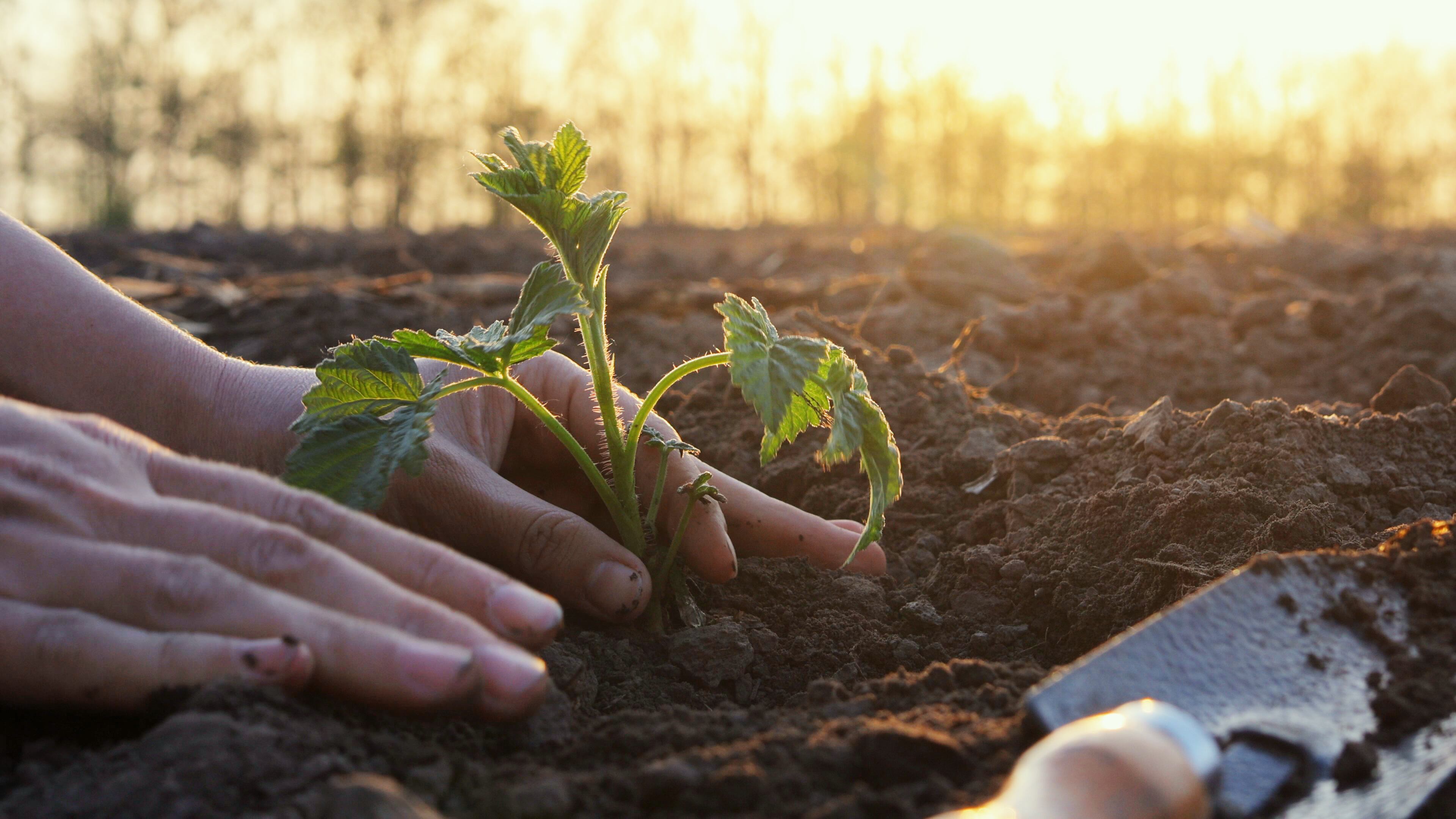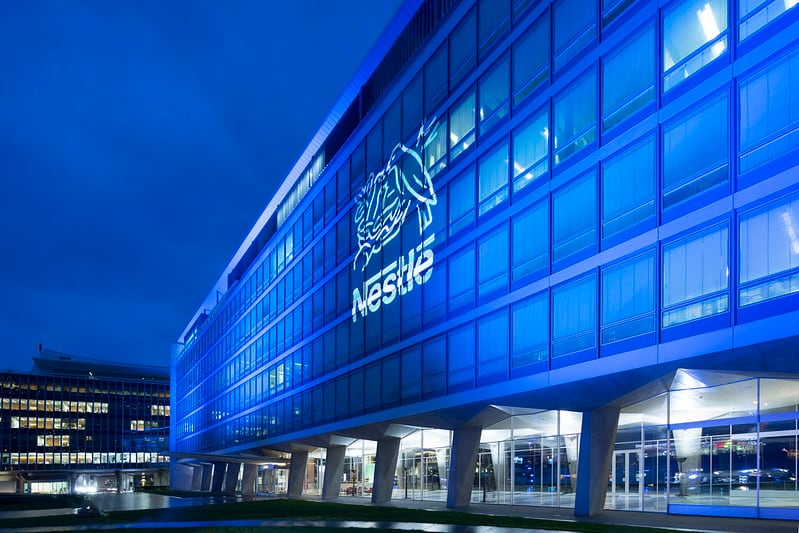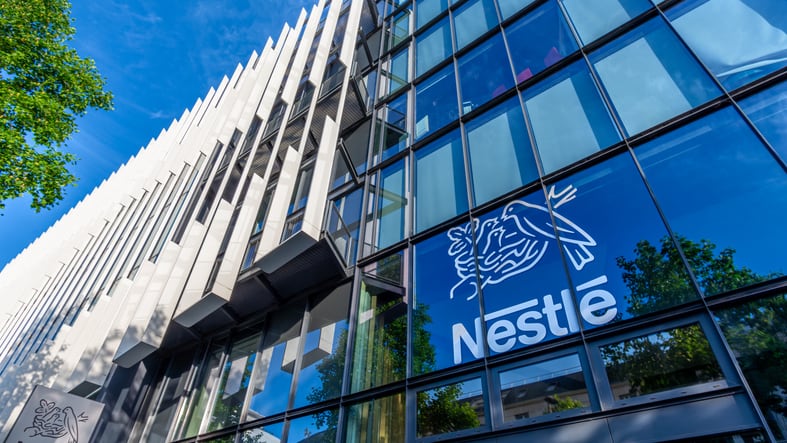How is Nestlé supporting regenerative agriculture? A quick summary
- Nestlé partners with WFO to boost climate-resilient food systems
- Focus is on dairy sector and next-gen farmer engagement worldwide
- Nestlé aims to source 50% key ingredients via regenerative practices by 2030
- Farmers receive tech access, incentives and global policy representation
- Regenerative farming seen as key to supply chain security and growth
Nestlé recently announced that it is partnering with the World Farmers’ Organisation (WFO), the world’s largest global farmers’ association.
The partnership will focus on helping farmers make food systems resilient to climate change, particularly with regards to the dairy sector.
Nestlé and the WFO will advocate for the adoption and use of regenerative agriculture, working to promote farmers awareness of it and their capacity to implement it.
The two organisations will work with farmers to understand their challenges, and to develop new farming models aimed at attracting the next generation of farmers.
“Nestlé relies on 600,000 farmers globally to ensure a sustainable supply of its raw materials,” said Chris Hogg, global head of public affairs at Nestlé.
“Farmers, who are deeply aware of today’s crop production challenges, are highly proficient at adapting and finding ways to work with the planet’s natural resources to produce food. By partnering with the WFO, we want to put farmers at the centre and share their insights and concerns to help inform food policies.”
Regenerative agriculture for resilience
Nestlé doesn’t just want to promote regenerative agriculture because of its carbon-cutting potential, but also because it can provide resilience to global supply chains.
“The long-term success of our business depends on the resilience of our supply-chain, from which we source our key raw materials such as coffee, cocoa and dairy,” explains Franck Saint-Martin, environmental impact manager in the global public affairs and ESG engagement team at Nestlé.
“We believe regenerative agriculture is key to create a more resilient food supply and we aim to source 50% of key ingredients from farmers implementing regenerative agriculture practices by 2030.”
Nestlé‘s efforts to promote regenerative agriculture thus aims to provide security for its own supply chain.
Embracing sustainability, explains Saint-Martin, provides a competitive advantage for Nestlé, giving its supply chain that extra bit of resilience, and allowing it to unlock growth.
Farmers are at the centre of this, Saint-Martin explains. They are on the ground and are best placed to find new and more sustainable ways of working the land.
While regenerative agriculture already has significant presence in Nestlé‘s corporate communication, the multinational is looking to utilise consumer interest in transparency to further promote it.
It aims to provide both “an emotional storytelling with the robustness of substantiation“, explains Saint-Martin.
How Nestlé plans to help farmers
In order to achieve its desired results of promoting the adoption of regenerative agriculture, Nestlé aims to provide help to farmers for adoption.
In many ways, this is central to its partnership with the WFO. But how will Nestlé do this?
“Nestlé is helping farmers by providing technical advice, incentives and access to technology,” explains Saint-Martin.
Central to the partnership, however, is the aim to share farmer insights with relevant stakeholders around the world.
Farmers often cannot leave the field to speak with policymakers and stakeholders themselves, at least on a global level, explains Saint-Martin.
Nestlé’s aim is to represent them on on the global stage and ensure that their perspectives are heard.





